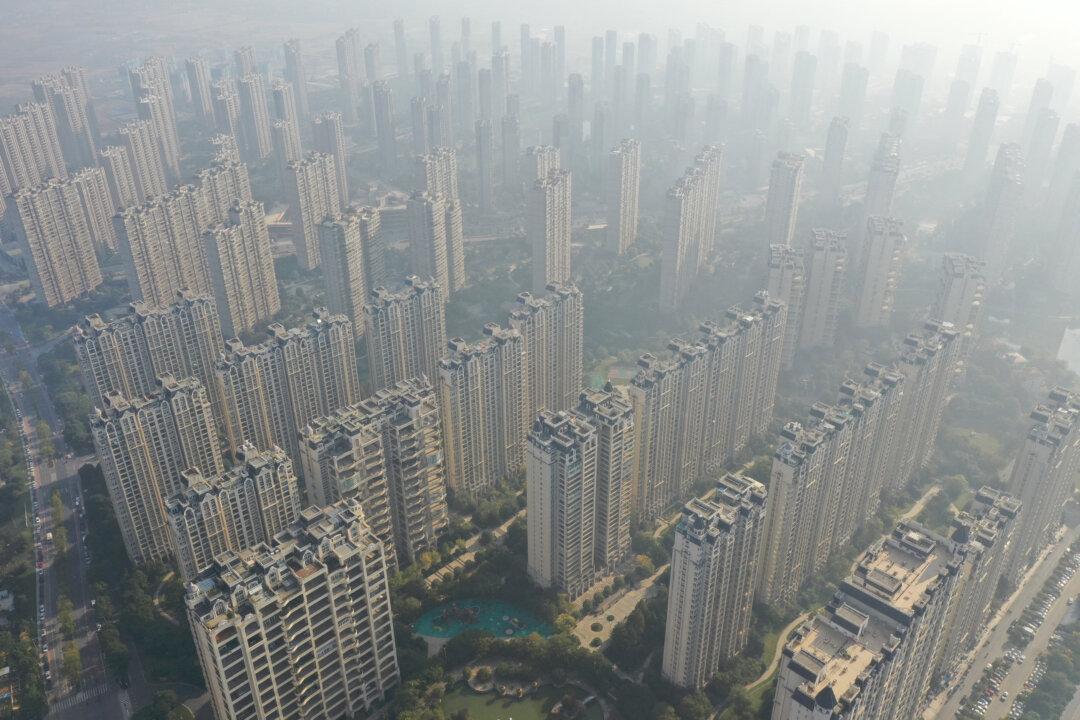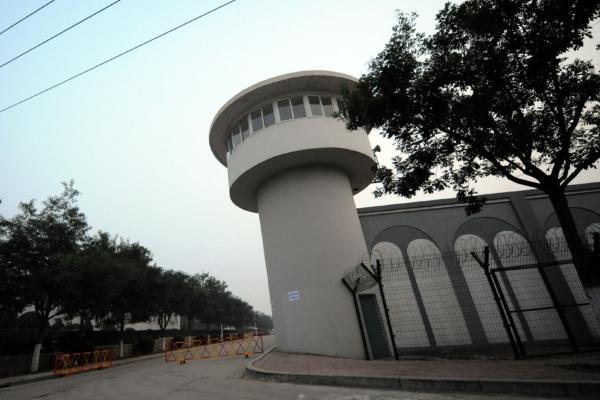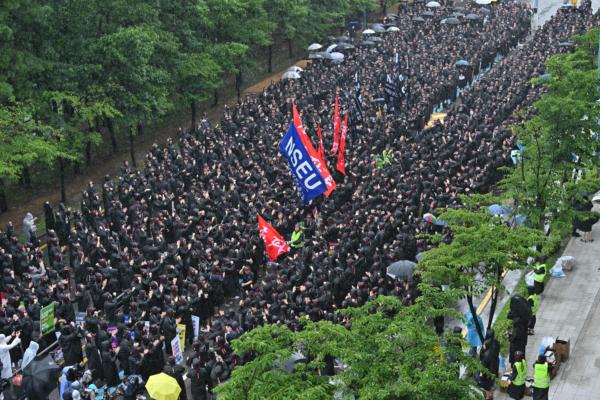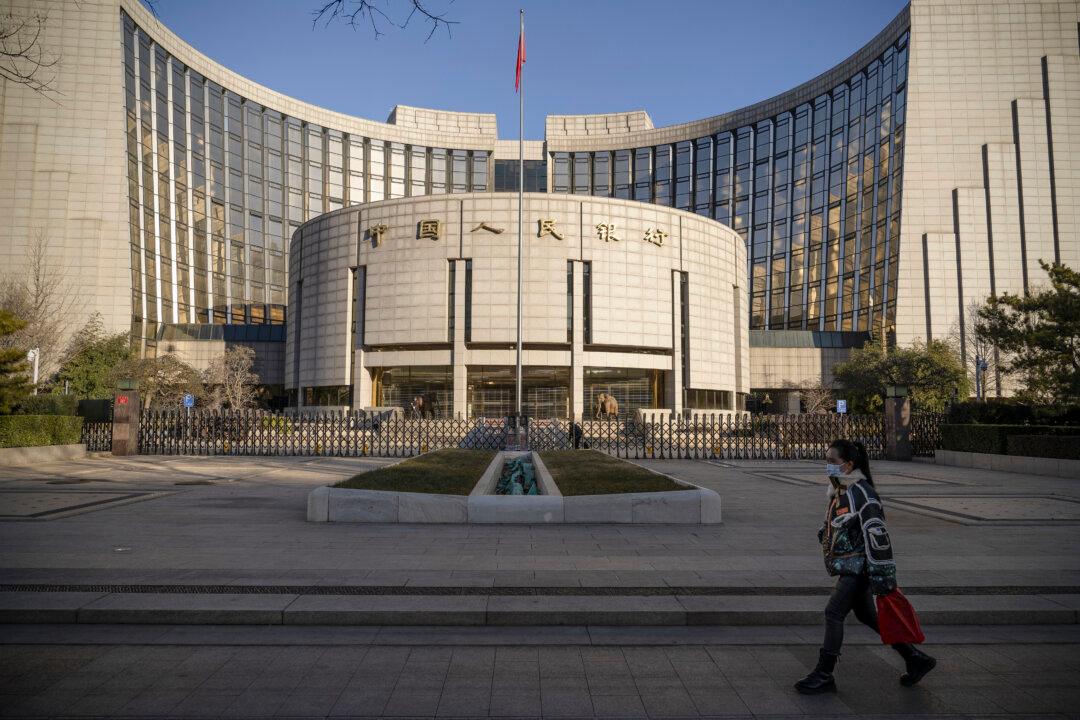In recent weeks, Yunnan Province has witnessed a significant outbreak of Dengue fever, leaving hospitals overwhelmed and reports of fatalities. However, the local authorities have not made any official announcements or updates on the situation.
Even a pest control campaign in Mile City, conducted over 18 days, only vaguely alludes to “vector organisms,” without mentioning Dengue fever explicitly.
Mr. Li, a resident of Mile City, confirmed the purpose of the pest control measures to an Epoch Times reporter, attributing them to the Dengue fever outbreak. He described the city being enveloped in a haze of smoke due to the influx of Dengue patients seeking medical care.
About the Illness
Dengue, a viral infection transmitted by mosquitoes, is more prevalent in tropical and subtropical climates. While most infected individuals remain asymptomatic, common symptoms include high fever, headaches, body aches, nausea, and a rash. Although most patients recover within one to two weeks, severe Dengue can prove fatal.On Sept. 2, an Epoch Times reporter reached out to the Yunnan Provincial Disease Prevention and Control Center for information on the Dengue situation. A staff member claimed not to possess this data, directing inquiries to local disease control centers. However, these local centers have not issued any official statements regarding the Dengue outbreak either.
In interviews conducted by The Epoch Times, it became evident that the Dengue outbreak in Yunnan is particularly severe this time, leading to hospitals becoming overwhelmed with patients and reports of fatalities.
A health care worker at the First People’s Hospital in Jinghong City, Xishuangbanna, revealed on Sept. 1 that they have been receiving 100 to 200 Dengue patients daily, rendering the hospital unable to admit more patients.
The worker emphasized Dengue requires hospital treatment and is even more serious than COVID-19. There have been fatalities, “including young people,” he mentioned.
Local resident Mr. Wang stated, “I know of deaths ranging from people in their sixties to a 2-year-old child, including two elderly and one child.” Mr. Wang contracted Dengue as well, enduring a two-week ordeal with symptoms ranging from fever, headache, vomiting, and diarrhea to a full-body rash and itching, followed by lingering after-effects.
“After recovery, my body was weak, and walking felt like my soul was detached. My speech also felt disconnected from my brain,” Mr. Wang said, underscoring the severity of Dengue fever compared to the COVID-19 virus.
Ms. Liu, residing in Jinghong City, disclosed that her entire family of three has contracted Dengue fever. She emphasized the severity of this year’s outbreak, with the area near the local airport considered a high-risk zone for infections. She endured agonizing body pain that kept her awake at night, severe nausea, and constant vomiting during the initial week of contracting the fever.
Lack of Public Information
Prior to the COVID-19 pandemic, Dengue data in mainland China used to be publicly reported. In May 2019, there were reports of 453 cases across 23 provinces, primarily concentrated in southern provinces like Guangdong, Zhejiang, and Yunnan. However, Dengue’s visibility waned as the COVID-19 pandemic took center stage, receiving minimal attention.Mr. Wang believes the authorities have never taken the Dengue fever outbreak seriously.
Dr. Sean Lin, a virology expert from the United States and former director of the Virus Laboratory at Walter Reed Army Research Institute, points out that Dengue fever has experienced an unprecedented surge this year in countries such as India, Malaysia, and Singapore. The Chinese Communist Party (CCP) authorities have a history of concealing outbreaks, leaving the public with no real data.
Dr. Lin further explains that Dengue transmission is closely tied to mosquitoes and local environmental factors. Dengue is now a significant global public health concern, with the most severe manifestation being Dengue hemorrhagic fever, a condition involving internal bleeding that is difficult to reverse.
Dr. Lin also underscores the importance of monitoring the circulating serotypes of Dengue locally, particularly in regions where it has previously been prevalent. This is because an individual infected with one serotype of the Dengue virus and subsequently infected with a different serotype can face a heightened risk of developing Dengue Hemorrhagic Fever due to an antibody-dependent enhancement effect.
Furthermore, Dr. Lin highlights the absence of a suitable vaccine for Dengue fever, leaving us with no highly effective treatments or targeted prevention strategies. The situation in Yunnan underscores the urgent need for greater transparency and awareness regarding Dengue fever to safeguard public health.







